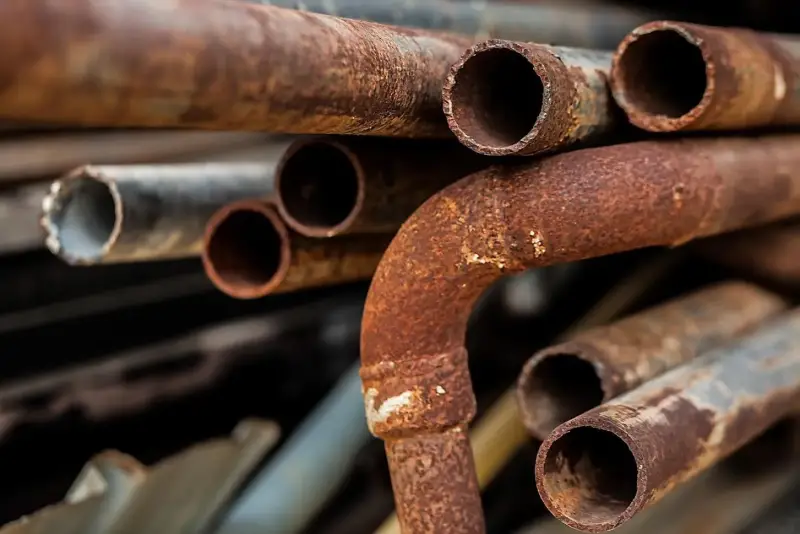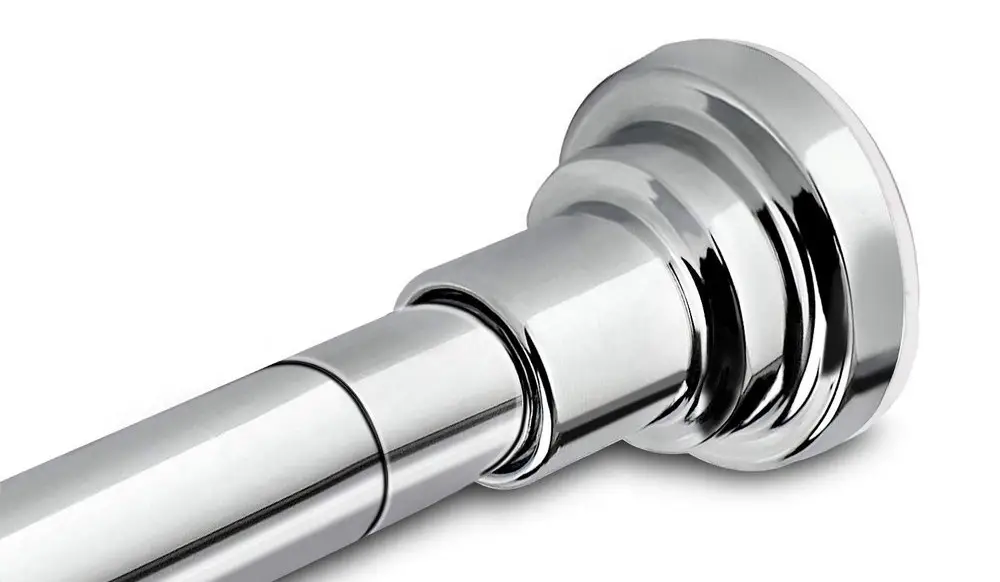Steel is a popular material used in construction, manufacturing, and various other industries. It is known for its strength, durability, and versatility. However, despite its many benefits, steel can also rust. Rust is a corrosion process that occurs when steel reacts with the environment, leading to the formation of iron oxides. The presence of rust can weaken the structure of steel, making it less durable and increasing the risk of failure.
The process of rusting occurs when iron is exposed to oxygen and water. The oxygen reacts with the iron to form iron oxide, also known as rust. This reaction is known as oxidation and is an example of a corrosion process. Steel contains a small amount of iron, making it susceptible to rusting. The rust forms a layer over the surface of the steel, which can gradually penetrate the metal and weaken its structure. In addition to being unsightly, rust can also make the steel more susceptible to further corrosion and weaken its structural integrity.
There are several factors that can affect the rate of rusting in steel, including the presence of moisture, the type of environment the steel is exposed to, and the presence of other substances that can accelerate the corrosion process. To prevent rust, various methods can be used, such as applying rust inhibitors, applying a protective coating, or choosing stainless steel. In addition, proper maintenance and cleaning of steel structures can help prevent rust and extend the lifespan of the material.
Does Steel Rust
Teel is a popular metal that is used for a variety of applications due to its strength, durability, and versatility. It’s a key component in construction, manufacturing, and many other industries. Steel is made up of iron, carbon, and other metals, and it’s known for its ability to withstand stress and maintain its shape even under heavy loads. However, steel’s greatest weakness is also one of its key ingredients: iron.
Iron is a reactive metal that can easily corrode in the presence of moisture and oxygen. This process is called oxidation and results in the formation of iron oxide, or rust. Rust can weaken the structure of steel and make it more susceptible to further corrosion, ultimately leading to its failure. That’s why preventing rust is crucial for maintaining the integrity of steel structures and ensuring their longevity.
But don’t worry! There are many ways to prevent rust from forming on steel. One popular method is to apply a protective coating, such as paint or a rust inhibitor, which acts as a barrier between the steel and the environment. Another option is to use stainless steel, which contains chromium, which makes it highly resistant to rust. And for existing steel structures, proper maintenance, cleaning, and inspection can help prevent rust from forming and extend its lifespan.

The key Ingredients of Steel and Comparison Table
To understand why steel can rust, it’s important to understand the ingredients that make up steel. The key ingredients of steel are iron, carbon, and other metals.
Iron is the main component of steel and is also the component that can corrode and form rust. Iron reacts with moisture and oxygen to form iron oxide, which is the rust that we see on steel surfaces.
Carbon is another key component of steel, and it helps to strengthen the metal. The amount of carbon in steel can vary, but it generally ranges from 0.2% to 2%. The presence of carbon in steel helps to reduce the rate of corrosion, but it cannot prevent it completely.
Other metals, such as chromium, nickel, and molybdenum, can also be added to steel to improve its resistance to corrosion. For example, stainless steel is a type of steel that contains chromium, which makes it highly resistant to rust.
| Ingredient | Impact on Rusting |
|---|---|
| Iron | Increases the rate of rusting |
| Carbon | Helps reduce the rate of rusting |
| Chromium | Makes steel highly resistant to rust |
| Nickel | Improves the resistance to rust and corrosion |
| Molybdenum | Improves the resistance to rust and corrosion |
In summary, iron is the main ingredient that can cause steel to rust, while the presence of carbon, chromium, nickel, and molybdenum can help reduce the rate of rusting. The combination of these ingredients and the presence of other factors, such as moisture and environment, determine the rate at which steel will rust.

Table of Equipment that is Commonly Used when Working with Steel
When working with steel, it’s important to have the right equipment to prevent and manage rust.
| Equipment | Purpose |
|---|---|
| Wire brush | Used to remove rust and surface contaminants from steel |
| Sandpaper | Used to remove rust and smooth the surface of steel |
| Rust inhibitor | Applied to steel to prevent rust from forming |
| Protective coating | Applied to steel to provide a barrier between the metal and the environment |
| Stainless steel cleaner | Used to clean and maintain the appearance of stainless steel |
| Steel wool | Used to remove rust and smooth the surface of steel |
| Sandblaster | Used to remove rust and surface contaminants from steel |
| Protective gloves | Worn to protect hands when working with rust and chemicals |
| Safety goggles | Worn to protect eyes from debris and chemicals |
In conclusion, having the right equipment can help prevent rust from forming on steel and help maintain the appearance and integrity of steel structures. Whether you’re removing rust, applying a protective coating, or cleaning stainless steel, having the right equipment can make the job easier and more effective.
Instructions on How to Prevent Rust from Forming on Steel
- Clean the steel surface: Remove any dirt, grease, or other contaminants from the steel surface to ensure that the surface is clean and free of debris.
- Apply a rust inhibitor: Rust inhibitors are chemical treatments that can be applied to steel to prevent rust from forming. Follow the manufacturer’s instructions for application and make sure to apply the rust inhibitor evenly and thinly.
- Apply a protective coating: A protective coating, such as paint or a rust inhibitor, can provide a barrier between the steel and the environment to prevent rust from forming. Choose a coating that is suitable for the environment and follow the manufacturer’s instructions for application.
- Store steel in a dry place: Moisture is one of the key factors that can cause steel to rust, so it’s important to store steel in a dry place to prevent rust from forming.
- Inspect steel regularly: Regular inspection and maintenance of steel can help identify and address rust before it becomes a larger problem. Check for any signs of rust and take action to remove it promptly.
In conclusion, preventing rust from forming on steel is an important step in maintaining the integrity and longevity of steel structures. By following these steps, you can help prevent rust from forming and keep your steel in good condition.
FAQ
What causes steel to rust?
Steel can rust when it reacts with moisture and oxygen in the presence of iron. This reaction forms iron oxide, which is the rust that we see on steel surfaces.
Can all types of steel rust?
Yes, all types of steel can rust. However, the presence of certain metals, such as chromium and nickel, can improve the resistance to rust and corrosion.
Is rust harmful to steel?
Yes, rust can be harmful to steel as it can weaken the metal and reduce its strength. Over time, rust can cause steel to become brittle and eventually fail.
Can rust be removed from steel?
Yes, rust can be removed from steel using various methods, such as sandblasting, wire brushing, and sanding.
Can rust be prevented from forming on steel?
Yes, rust can be prevented from forming on steel by applying a protective coating, such as paint or a rust inhibitor, and storing steel in a dry place.
Is stainless steel immune to rust?
No, stainless steel is not immune to rust. However, it is highly resistant to rust and corrosion due to the presence of chromium in the metal.



Leave a Reply